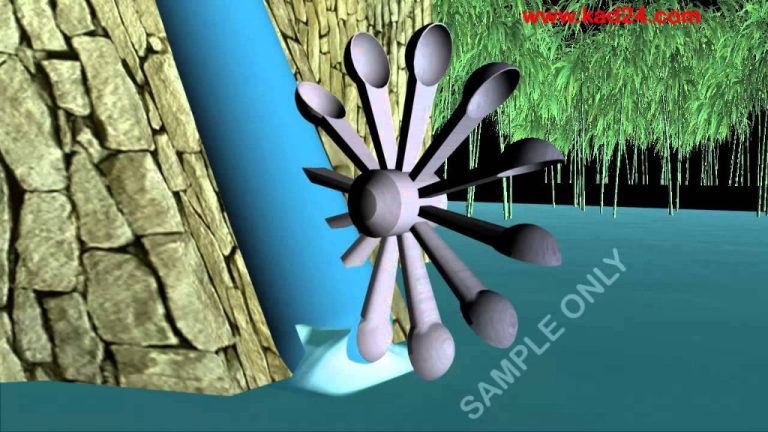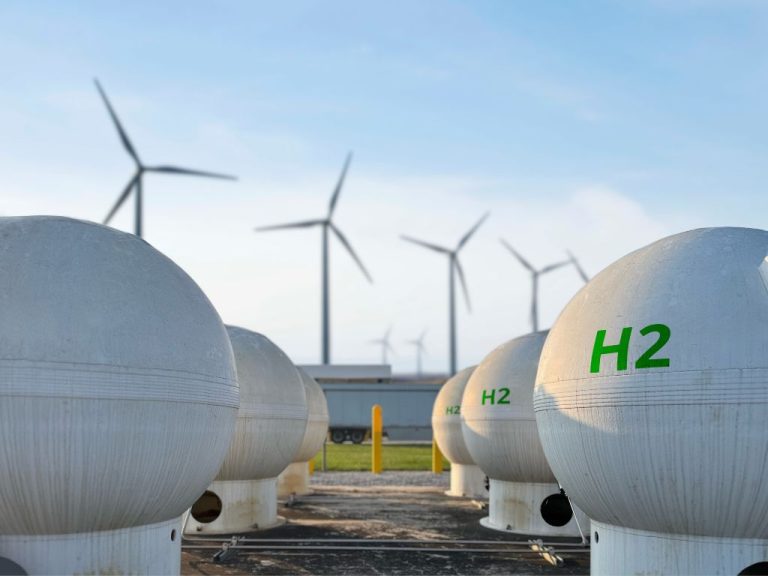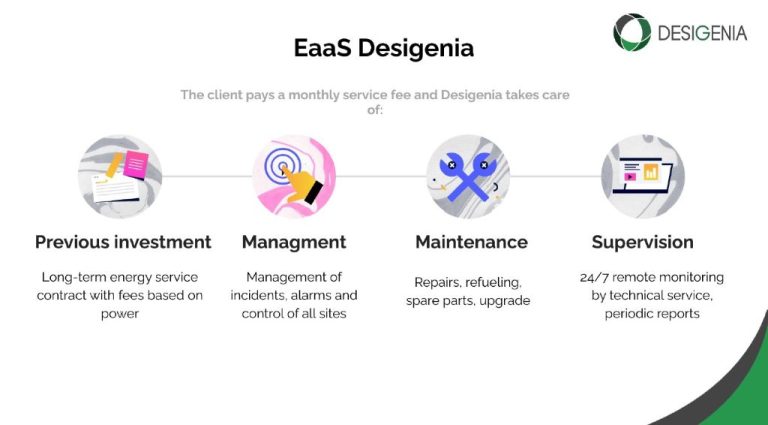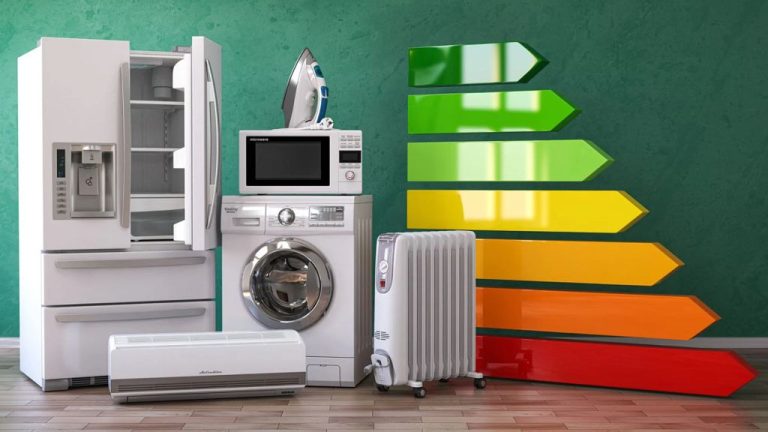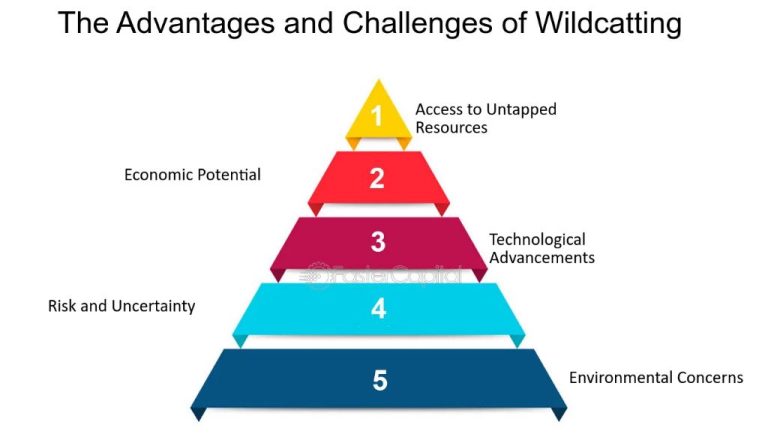What Is The Goal Of Hawaii Renewable Energy?
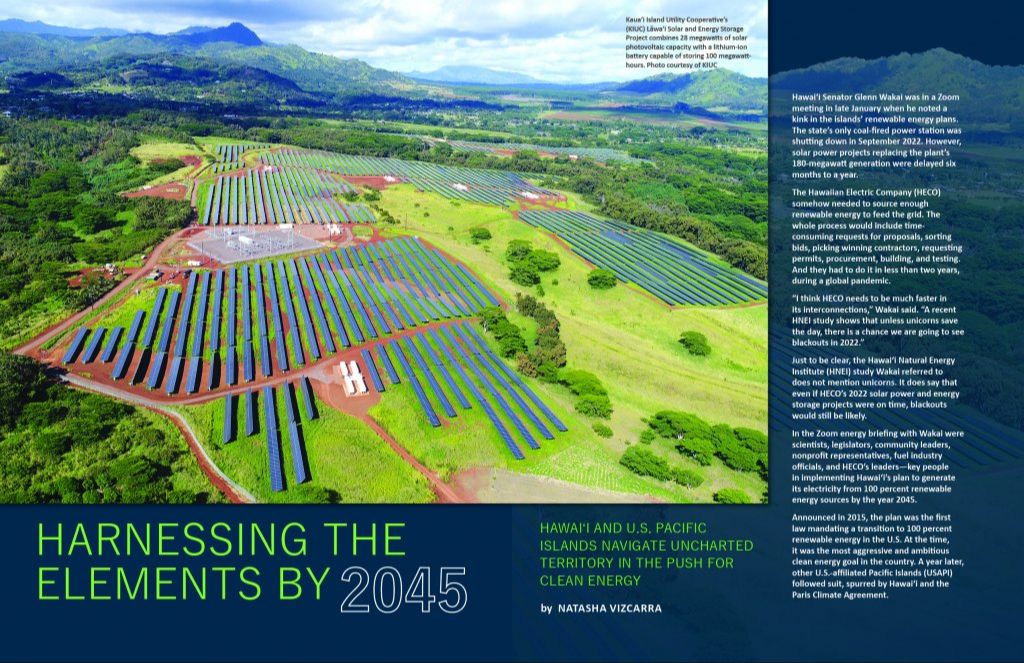
Hawaii has traditionally relied heavily on imported fossil fuels like petroleum and coal for its energy needs. In 2015, over 80% of Hawaii’s electricity was generated from imported petroleum [1]. This dependence leaves the state vulnerable to global oil price fluctuations and supply disruptions. Additionally, the burning of fossil fuels contributes significantly to climate change and environmental degradation.
Recognizing these issues, Hawaii has committed to transition to 100% renewable energy sources by 2045. This ambitious goal will require utilizing the state’s abundant solar, wind, geothermal, hydroelectric, and biomass resources. Significant investments in renewable energy infrastructure, grid modernization, and energy storage will need to be made. Nonetheless, Hawaii is poised to become a leader in renewable energy and provide a model for other states and countries to follow.
Reduce Dependence on Imported Fossil Fuels
Hawaii imports around 80-90% of its energy in the form of petroleum, primarily used for transportation and electricity generation (Non-Renewable Energy Sources – Hawai’i State Energy Office). In 2020, petroleum accounted for over 70% of Hawaii’s total energy consumption according to EIA data. This heavy reliance on imported fossil fuels leaves the state vulnerable to global price fluctuations and supply disruptions. Developing local renewable sources can increase energy security and price stability for Hawaii.
Increase Energy Security
One of the main goals of Hawaii’s renewable energy initiative is to increase energy security and resilience for the state. As an isolated island system, Hawaii currently imports around 80% of its energy in the form of petroleum to power its electricity generation. This leaves the state vulnerable to global oil price fluctuations and supply disruptions that can have devastating economic impacts. By transitioning to locally available renewable resources like solar, wind, geothermal, and bioenergy, Hawaii aims to become more energy independent and avoid over-reliance on imported fossil fuels (1).
According to the Hawai’i State Energy Office, renewable energy from indigenous resources enhances energy assurance and resilience by providing a stable local energy supply that is not subject to the price volatility or potential disruptions of imported oil. Renewables combined with energy storage can also provide grid reliability and backup power during emergencies or natural disasters when traditional power supplies might be compromised (2). The diverse portfolio of renewable resources can mitigate risk and increase resiliency of the grid overall.
In summary, renewable energy helps Hawaii take control of its energy future, gain independence from imported fuels, and ensure a stable, resilient, and affordable energy system for its communities.
Mitigate Climate Change
One of the primary motivations for Hawaii renewable energy is to reduce greenhouse gas emissions that cause climate change. Hawaii is already experiencing the impacts of climate change through sea level rise, coastal erosion, flooding, drought, and coral bleaching[1]. By transitioning from fossil fuels like petroleum and coal to renewable energy sources like solar, wind, hydropower, geothermal, and bioenergy, Hawaii aims to dramatically cut its carbon emissions. According to the state’s official climate action plan, Hawaii has committed to 70% clean energy by 2030 and carbon neutrality by 2045[2]. The islands’ abundance of sun, wind, waves, and volcanic heat make renewable energy an ideal solution to mitigate climate change while boosting the local economy and energy self-sufficiency.
[1]https://climate.hawaii.gov/hi-mitigation/goals-and-progress/
[2]https://www.hawaiianelectric.com/about-us/our-vision-and-commitment/climate-change-action
Stimulate Local Economy
The development of Hawaii’s renewable energy industry and clean energy initiatives directly creates local jobs. According to a study by the University of Hawaii Economic Research Organization (UHERO), Hawaii’s clean energy sector employed over 25,000 residents across more than 2,000 companies as of 2010 and is projected to support up to 41,000 jobs by 2030 (https://www.nrel.gov/docs/fy22osti/82186.pdf). Jobs in renewable energy, energy efficiency, and related fields provide quality employment opportunities for Hawaii residents across a wide range of skill levels and backgrounds.
Organizations like the Hawaii State Energy Office are working with local workforce development programs and community colleges to provide training and prepare Hawaii’s workforce for careers in the clean energy sector (https://energy.hawaii.gov/get-engaged/workforce-development/). With abundant renewable resources and strong policy support, Hawaii’s transition to 100% renewable energy will continue to generate good local jobs installing solar panels, maintaining wind farms, improving energy efficiency, and more.
Achieve 100% Renewable Portfolio Standard
One of the major goals for renewable energy in Hawaii is to achieve a 100% renewable portfolio standard (RPS) by 2045. In 2015, Hawaii passed legislation to increase the RPS to 100% by 2045 (1). This requires each electric utility company in Hawaii to generate 100% of its electricity from renewable sources like solar, wind, geothermal and biomass by 2045.
Hawaii initially established its RPS in 2001 starting with a goal of 10% by 2010, which was later increased to 15% by 2015, 30% by 2020, 40% by 2030, and eventually 100% by 2045 with interim goals for each year (2). This makes Hawaii’s RPS one of the most aggressive in the nation.
The goal of 100% renewable electricity will help Hawaii reduce its dependence on imported fossil fuels, increase energy security, stimulate the local economy through renewable energy projects, and significantly mitigate greenhouse gas emissions related to electricity generation.
Utilize Abundant Renewable Resources
Hawaii is blessed with abundant renewable energy resources that can be harnessed to reduce dependence on imported fossil fuels. According to the Hawai’i State Energy Office https://energy.hawaii.gov/what-we-do/energy-landscape/, the islands have plentiful solar, wind, geothermal, and biomass resources that can be utilized.
Hawaii has high solar insolation, making it well-suited for solar photovoltaic and concentrated solar power systems. Both rooftop and utility-scale solar installations are expanding in the state. According to the EIA https://www.eia.gov/state/print.php?sid=HI, Hawaii generated over 580,000 MWh from solar power in 2020.
The steady trade winds in Hawaii also provide abundant wind power potential, especially in areas like Maui and Oahu. Wind power accounted for over 200,000 MWh of renewable electricity generation in 2020.
Hawaii’s volcanic geology also allows it to tap geothermal resources for renewable energy. Geothermal power from the Puna district on the Big Island provided over 500,000 MWh in 2020, meeting about 10% of Hawaii’s electricity demand.
Biomass from sugarcane waste and other agricultural byproducts can also be used for renewable power generation. According to the Energy Office https://energy.hawaii.gov/what-we-do/energy-landscape/renewable-energy-resources/, biomass resources could provide up to 10% of Hawaii’s electricity.
Overcome Grid Integration Challenges
Integrating variable renewables like solar and wind requires modernizing Hawaii’s grid infrastructure (https://www.nrel.gov/grid/hawaii-integration-studies.html). Upgrades are needed to manage bi-directional power flows and maintain reliability as more renewables come online. Hawaiian Electric has developed an Integrated Grid Planning process to optimize investments in new technologies like battery storage, grid-forming inverters, and advanced grid controls (https://www.hawaiianelectric.com/clean-energy-hawaii/integrated-grid-planning). The Hawaii Natural Energy Institute is also researching grid integration solutions like forecasting renewables output and developing microgrid capabilities (https://www.hnei.hawaii.edu/research/grid-integration-energy-efficiency/). With strategic upgrades and planning, Hawaii can modernize its grid to enable higher penetrations of renewables while maintaining reliability for customers.
Community Support
Community engagement is crucial for the success of renewable energy projects in Hawaii. According to the Public Attitudes About Renewable Energy in Hawai’i report from the University of Hawai’i, public support for renewable energy is generally high, with over 90% of residents voicing support for projects that increase the state’s energy independence and sustainability [1]. This support stems from concerns about environmental protection, frustration with high energy prices from imported fossil fuels, and a desire for greater energy security.
However, the public can still be wary of large-scale renewable developments in their communities. Project developers must conduct extensive outreach and education to garner community buy-in. This involves transparent communication about project impacts, benefits, and progress. Developers should also provide opportunities for public input and demonstrate how community concerns are being addressed. Public attitudes are most favorable when residents feel informed and empowered throughout the process.
Overall, Hawaii residents strongly support the state’s renewable energy goals. But support at the local project level requires substantial community engagement from developers. With transparent communication and meaningful public involvement, renewable projects are more likely to gain vital community backing.
Conclusion
In summary, Hawaii has set extremely ambitious renewable energy targets to reduce dependence on imported fossil fuels, increase energy security, mitigate climate change, stimulate the local economy, and achieve a 100% renewable portfolio standard by 2045. The state plans to utilize its abundant solar, wind, geothermal, hydroelectric, and biomass resources to meet the 100% goal. However, Hawaii faces challenges integrating high levels of renewables into the isolated island grids and gaining community support for new projects. Overall, Hawaii is leading the transition to renewable energy and serving as a model for other states and countries around the world.

